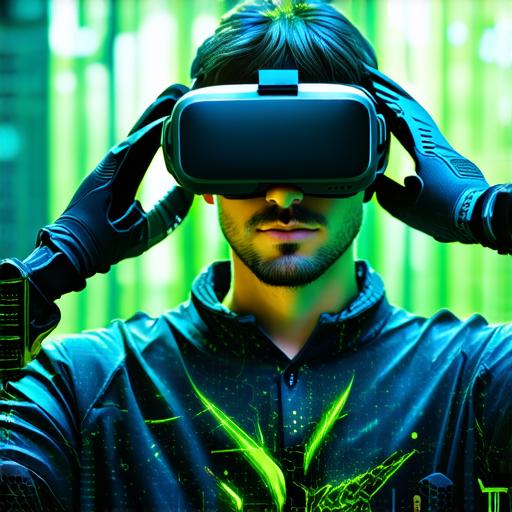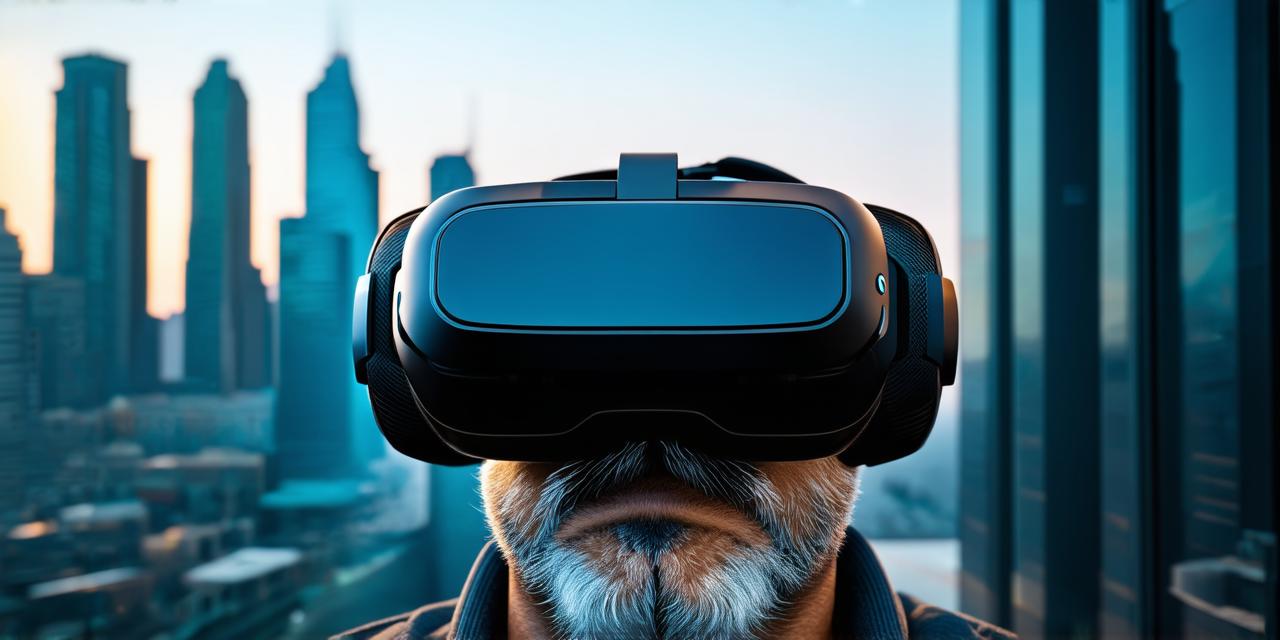Virtual Reality (VR) technology has revolutionized the way we experience and interact with digital content. With the rise of VR, developers have been able to create immersive and interactive experiences that captivate users in ways that traditional media cannot.
One of the key tools used in VR development is the virtual reality headset, which allows users to fully immerse themselves in a digital world. In this article, we will explore the benefits of using a virtual reality headset for VR developers, and how it can help them create more effective and engaging experiences for their users.
1. Enhanced Immersive Experience
One of the main benefits of using a virtual reality headset is the enhanced immersive experience it provides. By wearing the headset, users are completely enclosed in a digital world that surrounds them on all sides. This allows developers to create more realistic and engaging experiences that transport users to another world. For example, a VR developer creating a training program for pilots could use a virtual reality headset to simulate flying over a city or through a mountain range, providing a level of realism that traditional training methods simply cannot match.
2. Increased Engagement
Another benefit of using a virtual reality headset is the increased engagement it offers. By placing users in a digital world that they can interact with and explore, VR developers can create experiences that are more engaging and immersive than traditional media such as television or video games. For example, a developer creating an educational program could use a virtual reality headset to teach students about history by allowing them to explore ancient civilizations or battlefields in a safe and controlled environment.
3. Improved Collaboration
Virtual reality headsets also offer improved collaboration for VR developers. By enabling multiple users to wear the headset and interact with each other in real-time, developers can create experiences that require teamwork and cooperation. For example, a developer creating a virtual reality game could use the headset to enable players to work together to solve puzzles or defeat enemies.

4. Cost Effective
Virtual reality headsets are also a cost-effective way for VR developers to create immersive experiences. While the initial investment in hardware and software can be high, once the equipment is set up, it can be used repeatedly by multiple users. This allows developers to create experiences that are more cost-effective than traditional methods such as building physical sets or hiring actors.
5. Improved Accessibility
Virtual reality headsets also offer improved accessibility for VR developers. By allowing users to experience virtual worlds from the comfort of their own homes, developers can reach a wider audience and make their experiences more accessible to people who may not have access to physical locations or specialized equipment. For example, a developer creating a virtual reality tour of a museum could allow users to explore the exhibits from anywhere in the world, making it more accessible to people who may not be able to physically visit the museum.
6. Increased Productivity
Finally, virtual reality headsets can also increase productivity for VR developers. By allowing developers to visualize and test their ideas in a digital environment, they can save time and resources by eliminating the need for physical prototypes or testing in real-world environments. This can lead to faster development times and more efficient use of resources.
In conclusion, virtual reality headsets offer a range of benefits for VR developers that can help them create more effective and engaging experiences for their users. From enhanced immersive experiences to improved collaboration and accessibility, virtual reality headsets are a powerful tool that can help developers take their VR projects to the next level. As the field continues to grow, we can expect to see even more innovative uses of virtual reality headsets in the future.
